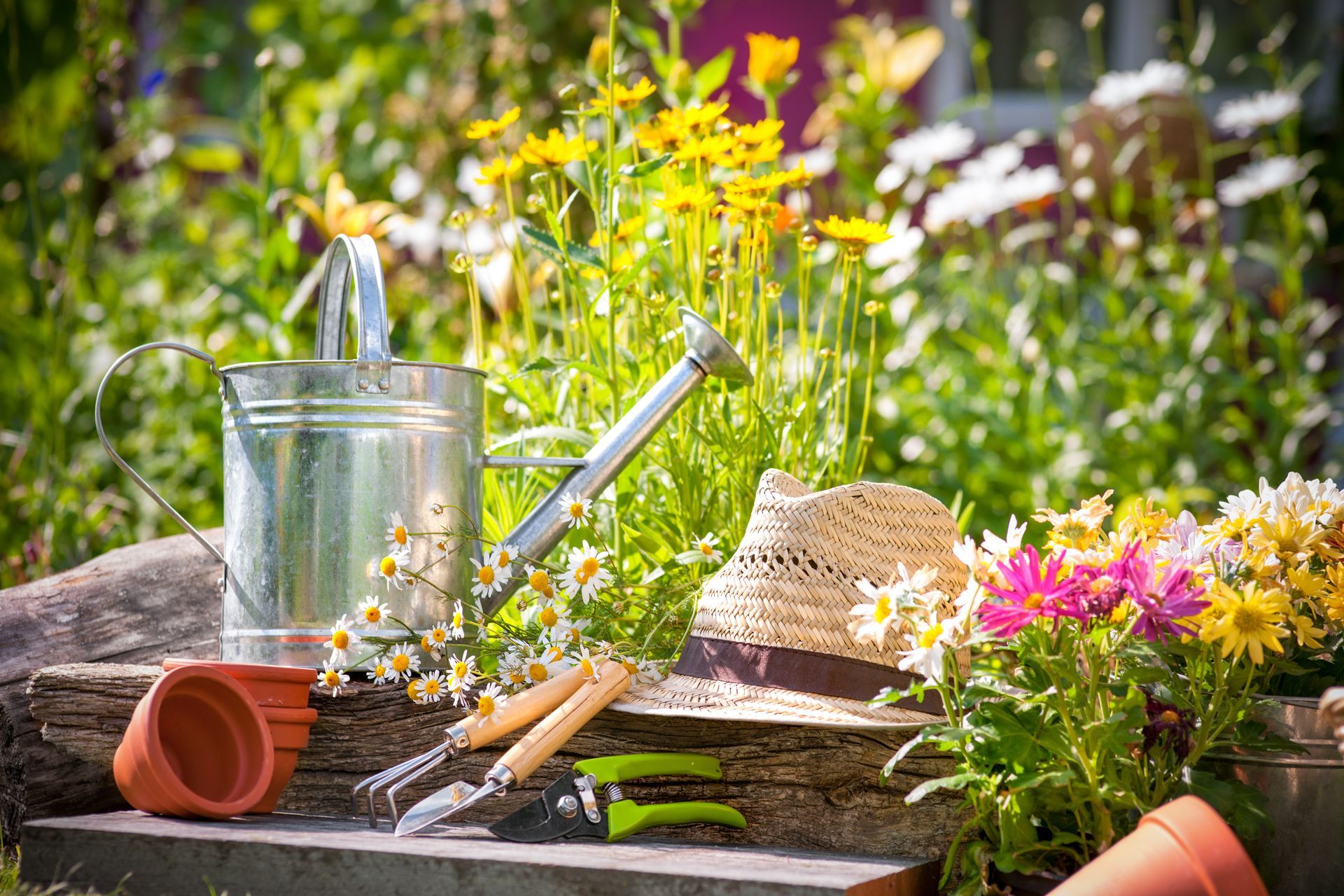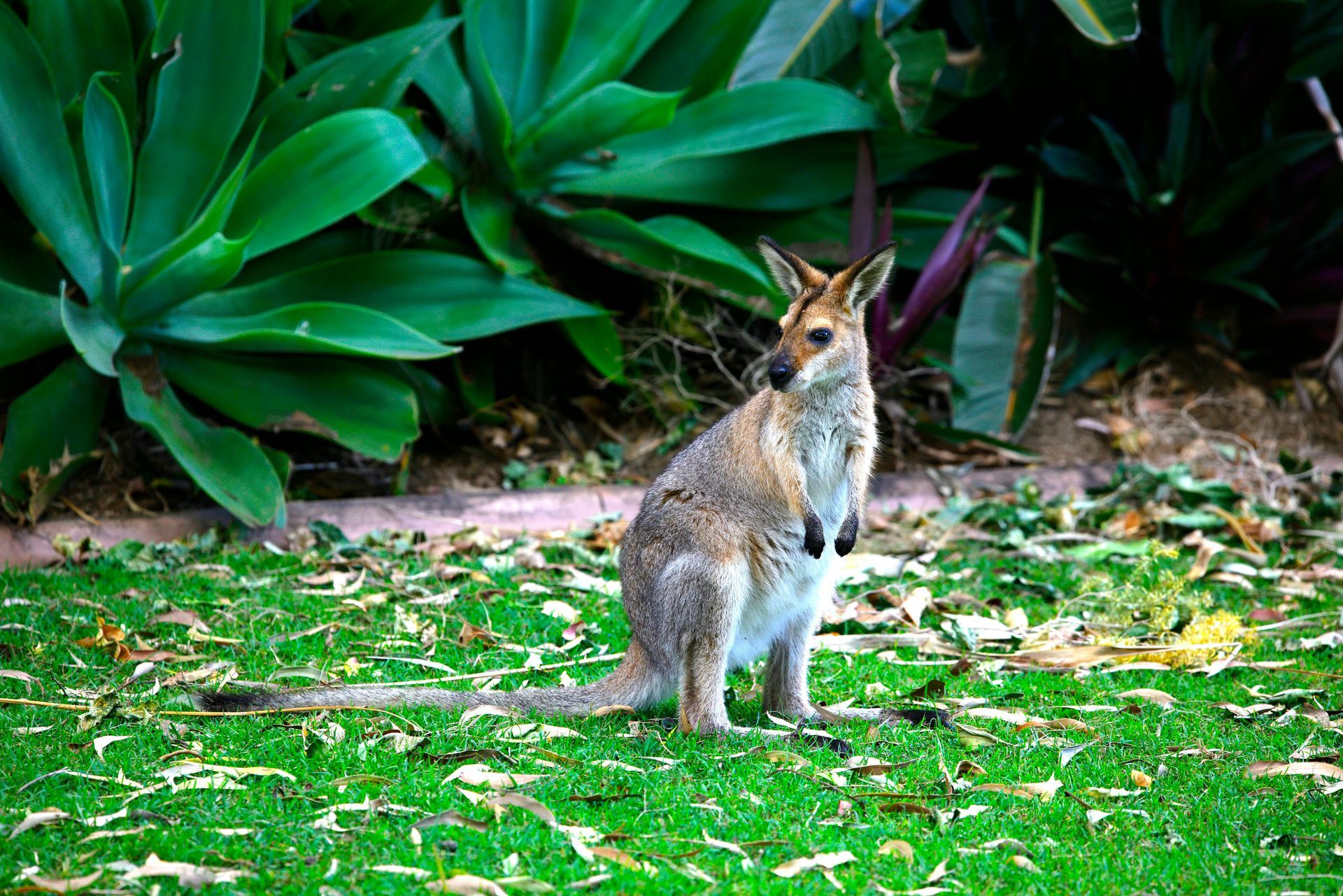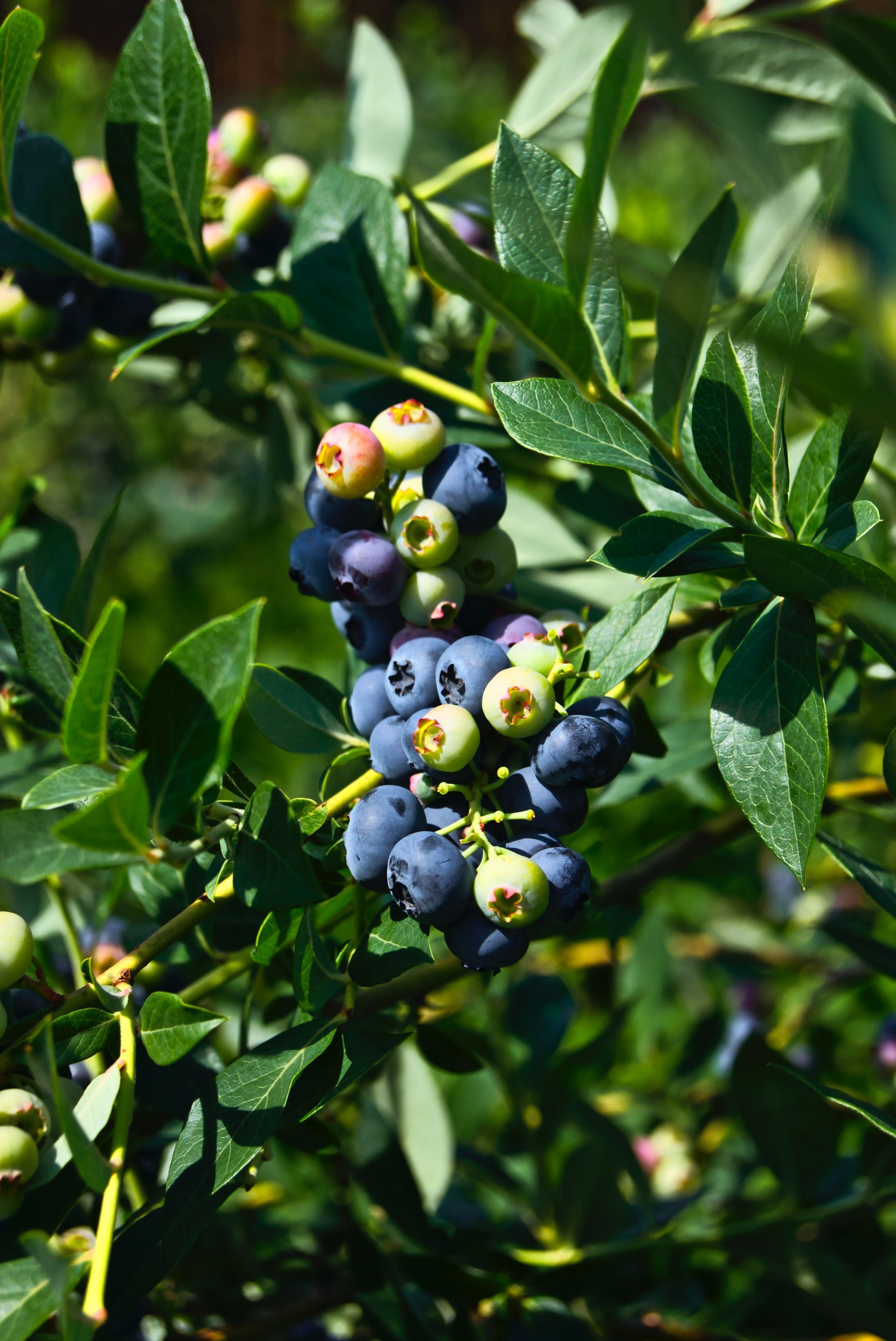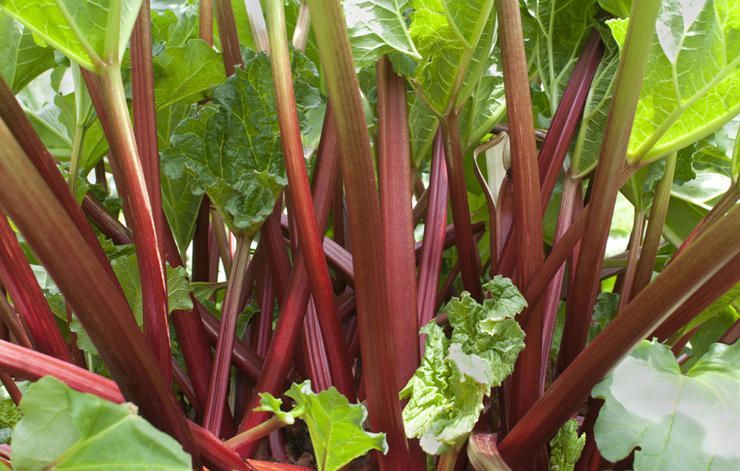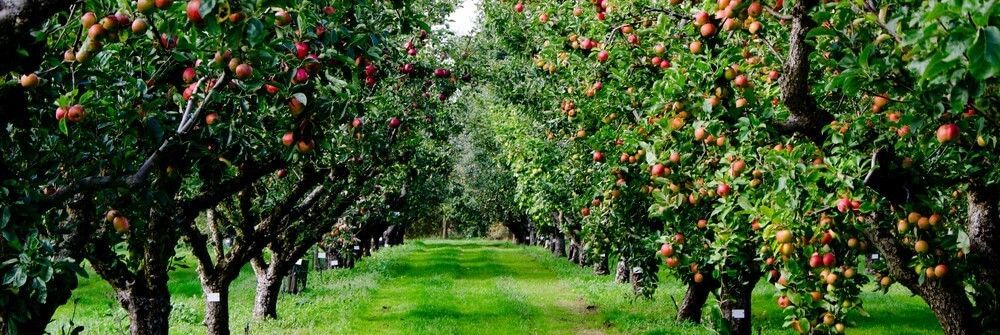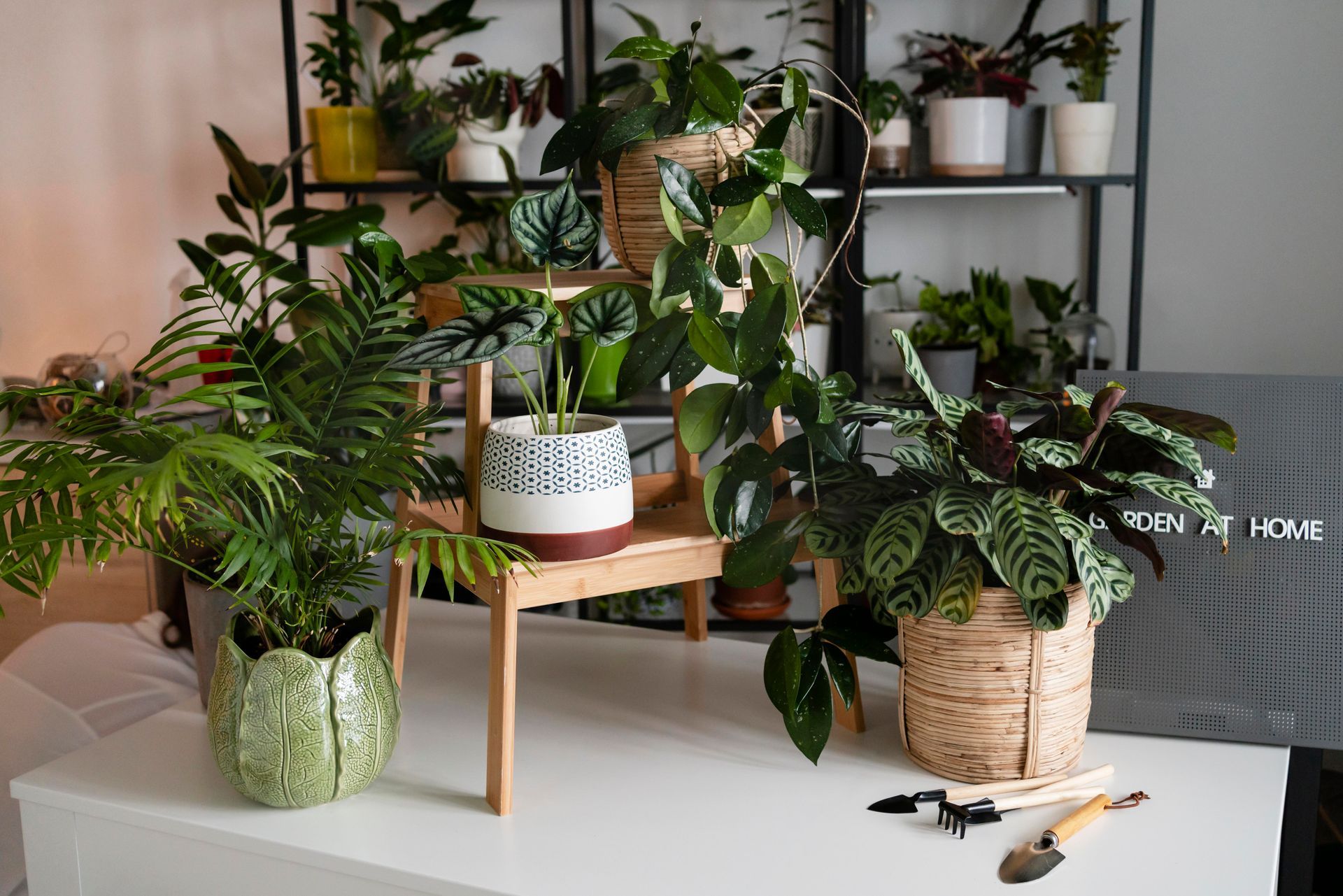A Simple Guide for Winter Success
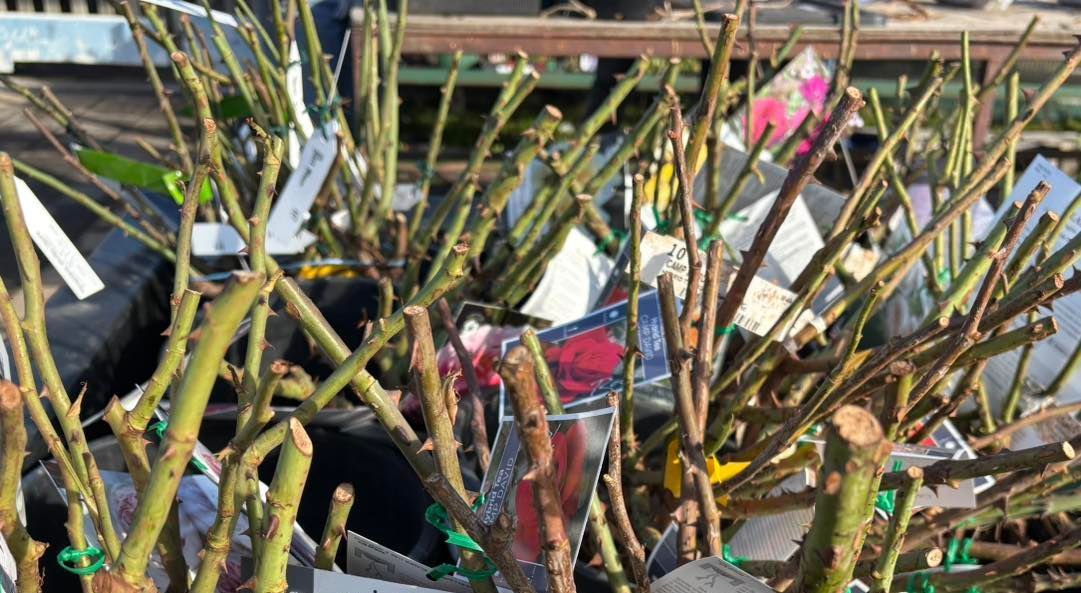
Bare root trees and roses are a fantastic, cost-effective way to establish new plants in your garden - but proper planting is key to their success. Here’s a step-by-step guide to give them the best start.
1. Prepare the Soil
Enrich your soil by digging in organic matter like Gardener’s Friend Compost and Moo Poo to boost nutrients and structure.
2. Hydrate the Planting Hole
Fill the hole with water and let it drain completely. This helps settle the soil and ensures the roots aren’t going into dry ground.
3. Check and Trim the Roots
Before planting, check roots and trim any that are damaged or excessively long using clean secateurs.
4. Stake If Needed
If the area is exposed to strong winds, stake the tree and tie with Jolly Tree Ties to support growth and prevent wind rock.
5. Plant at the Correct Depth
Place the tree or rose so the original soil line on the trunk is level with the ground.
🚫DO NOT bury the graft union. (Exception: Lilacs can be planted slightly deeper.)
6. Water and Mulch
Water thoroughly after planting. Then mulch with straw or compost to retain moisture and reduce weeds.
TOP TIP
Label your plant while it’s fresh in your memory - you’ll thank yourself next season!


